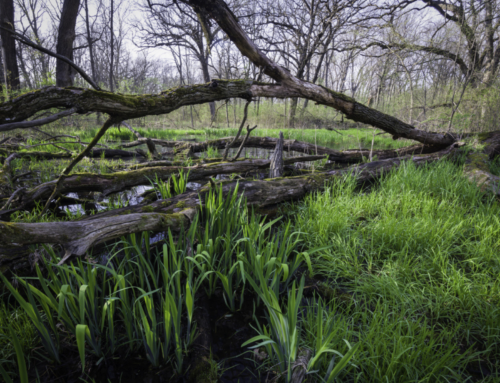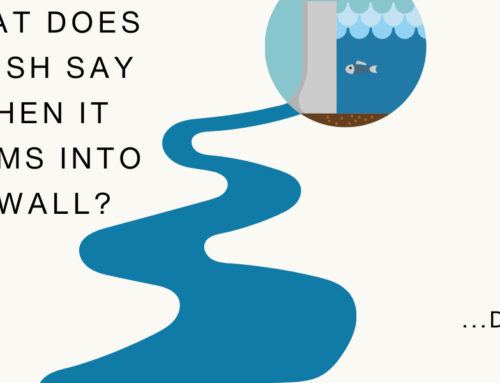Connecticut River Conservancy Testimony in SUPPORT of HB 6811 An Act Concerning Revisions to the Vessel Registration Aquatic Invasive Species Fee
To: Honored Co-Chairs, Sen. Lopes and Rep. Gresko, and distinguished Members of the Environment Committee
I am writing on behalf of the Connecticut River Conservancy; we are an environmental nonprofit dedicated to protecting the entire Connecticut River valley through initiatives that support clean waters, healthy habitats and thriving communities. I am writing in support of HB 6811 which will provide critical funding to the health of the Connecticut River as well as the animals, people and businesses that depend on the river to survive.
Aquatic Invasive Species decimate native habitat, disrupt businesses on the riverfront and lead to decline in property values.
Aquatic Invasive Species (AIS) are non-native plants and animals that have been introduced to the region with severe and damaging results. In the case of both hydrilla (hydrilla verticillata) and water chestnut (trapa natans), which are two invasive plants abundant in the Connecticut River watershed, these plants can outcompete native plants and, as a result, replace habitat for sensitive wildlife, including migratory fish. In recent years, hydrilla has crowded out boaters, anglers and those who come to recreate on the Connecticut River. Marinas and municipalities report they can no longer access boat slips and docks due to the severity of the hydrilla infestations, limiting business opportunity. While CRC and other stakeholders have worked to stop the spread of hydrilla through pilot projects and educational efforts, these projects are costly.
Funding from the Connecticut Lakes, Rivers and Ponds Preservation account is critical for restoration, eradication, and prevention work through education.
Throughout the 2019-2022 season, the Connecticut Agriculture Experiment Station recorded nearly 800 acres of hydrilla in the Connecticut River and its tributaries. In the years since hydrilla was first discovered in the Connecticut River system, infestations have overwhelmed coves and tributaries along the river, making these areas completely inaccessible. Hydrilla propagates through fragmentation, meaning that when it breaks apart, fragments of the plant be transported downstream or by a watercraft, creating another mat of hydrilla at a new location. When boaters move from waterbody to waterbody, hydrilla fragments can remain in or on the vessel and be introduced to new waters, incurring unanticipated costs for businesses and towns.
The costs associated with managing the infestation of hydrilla in the Connecticut River are now estimated to be at least $25 million. The AIS sticker fee has been a good first step in combating invasive species in Connecticut’s water bodies; but as the problem grows, more funding is needed, and we strongly support the fee being raised from $5 to $7. CRC has been awarded several Grants for the Control of Aquatic Invasive Species from the Connecticut Lakes, Rivers and Ponds Preservation account. This funding has allowed us to remove water chestnut from rivers and coves, place benthic barriers on the river floor to prevent hydrilla from growing and create educational outreach to prevent the spread of hydrilla. This funding has been critical to CRC and other organizations doing this important removal and education work. Again, I write in support of HB 6811 to protect the health of our environment and businesses who rely on our rivers.
Thank you for your consideration. I may be reached at rdrozdenko@ctriver.org or 860-929-8021.
Rhea Drozdenko (she/her/hers)
River Steward







